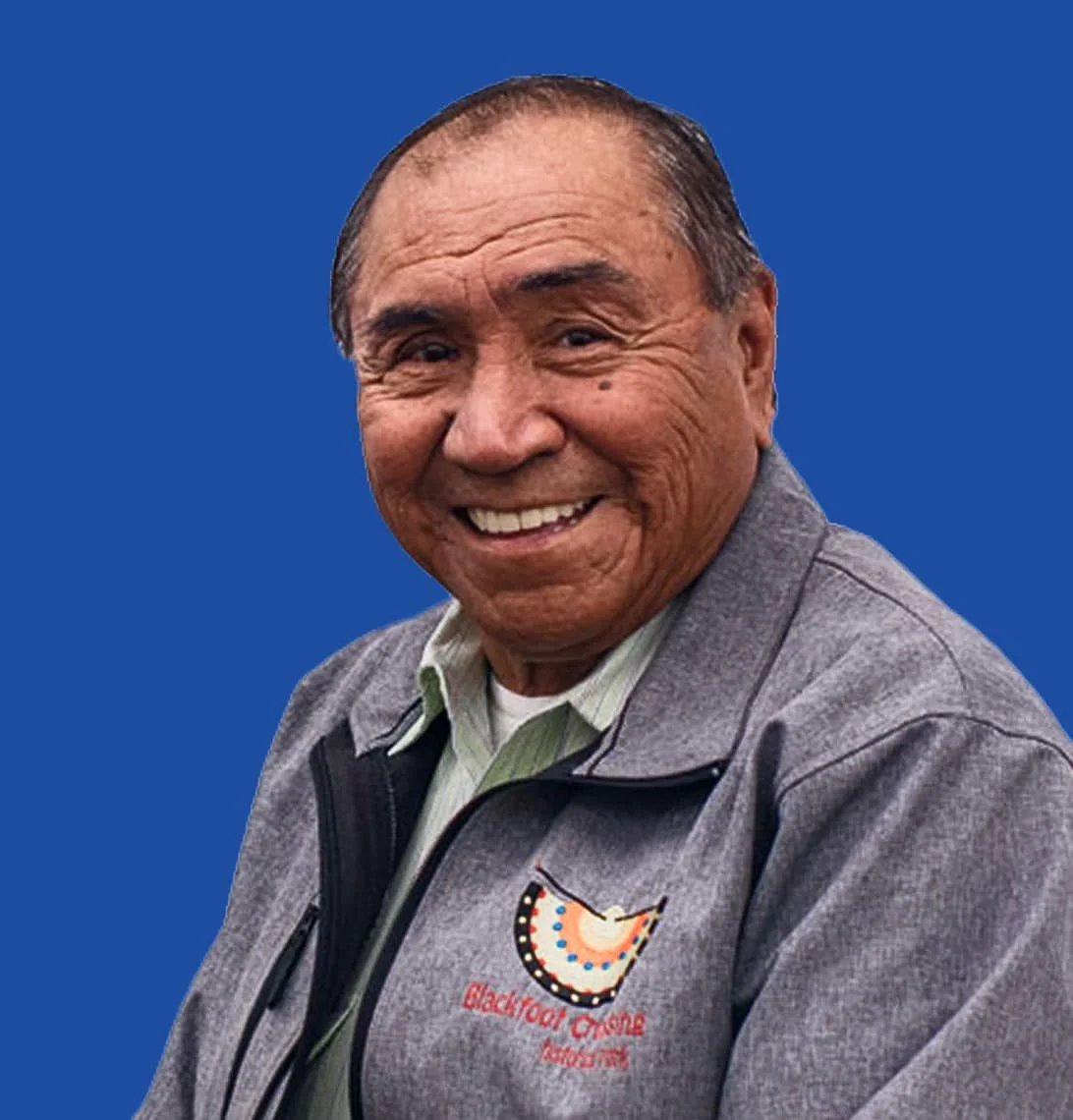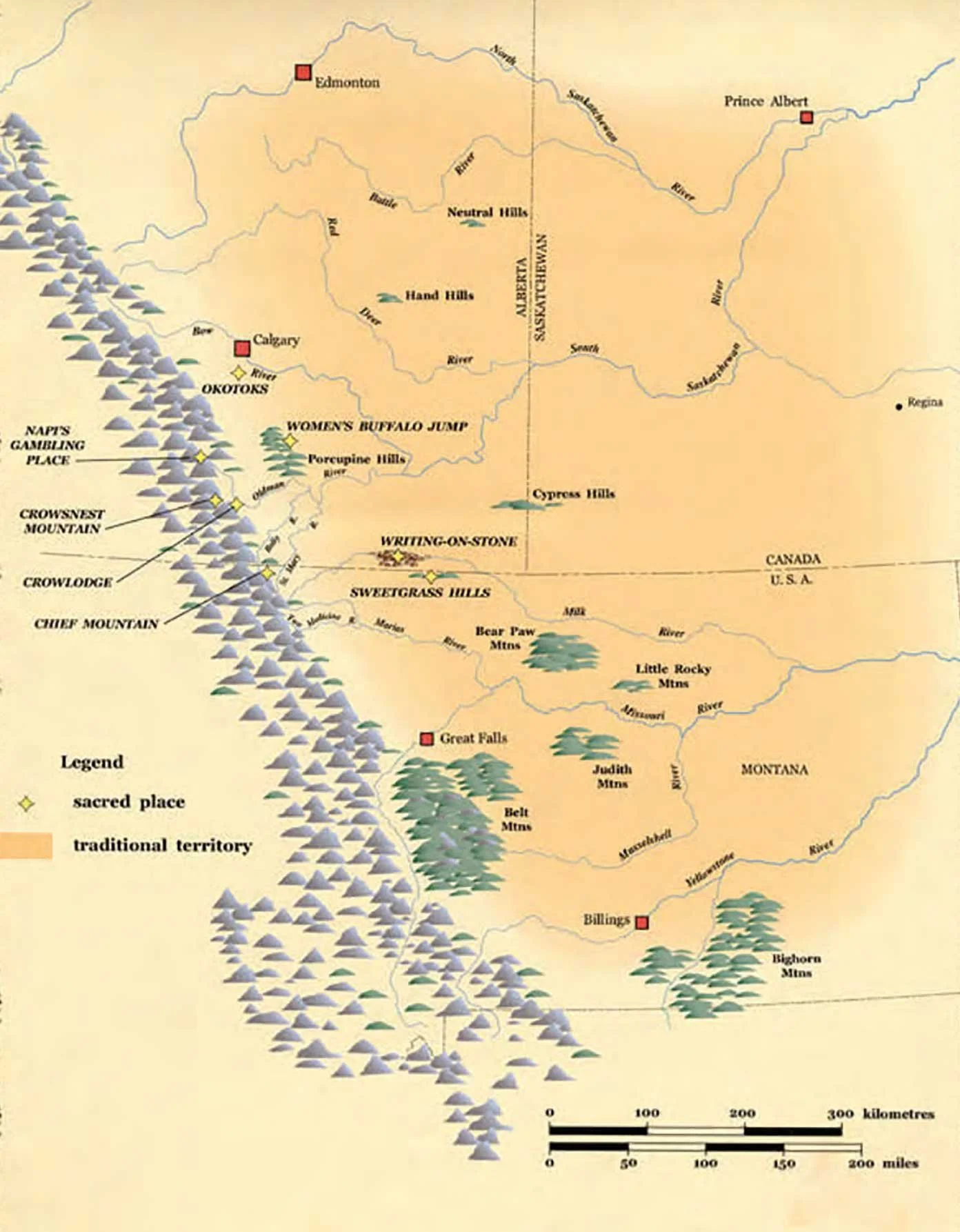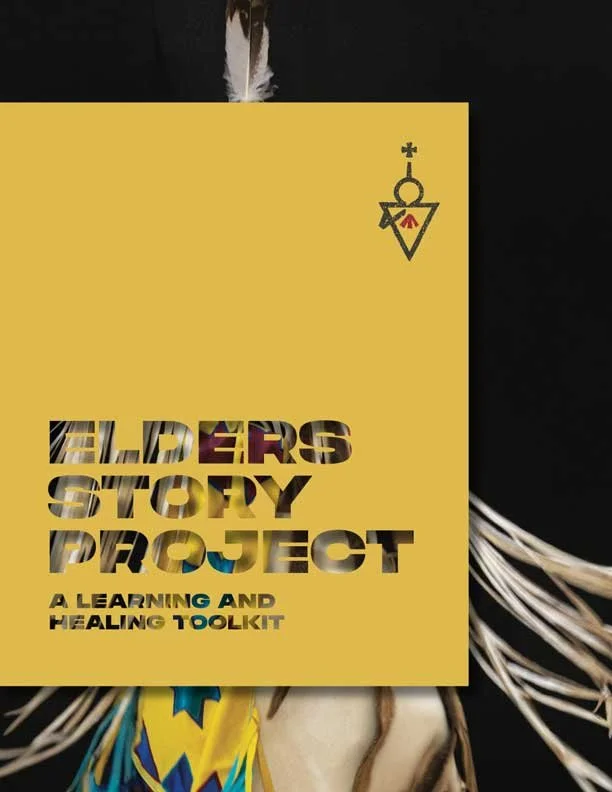Land acknowledgment
All my relations - A First Nations Land Acknowledgment.
We acknowledge that we are all Creation’s beings, and that as such we are all relatives. We honour and respect all of creation. We are thankful to our Mother, the Earth, for she gives us all that we need for life. Everything around us has spirit and we are in harmony with all forms of life, including people, animals, fish, birds, insects, trees and plants, medicines, rocks, rivers, mountains, prairies, the sun, the moon, the stars.
Truth and reconciliation —
The truth comes first
we have to try to get the truth first before any reconciling can be done.”
- Francis Melting Tallow
It is thoughts and peaceful energies that we breathe life into when we do the land acknowledgment.”
- Jackie Bromley
We acknowledge that we are all Creation’s beings, and that we are all related. Leading up to September 22, 1877, multiple ceremonies took place before the making of the Treaty between the Blackfoot (Siksika, Kainai, and Piikani), the Tsuut’ina, the Îethka Stoney Nakoda, and the Crown. This is known to the Canadian Government as Treaty 7. To the First Nations this was understood to be a peace Treaty and a land-sharing agreement. For the Crown, it was a way to acquire land and to assimilate First Nations. A year prior, the Indian Act had been passed—but the Treaty did not mention how this would affect Indigenous Nations. Over time, Calgary became home to Métis, many more First Nations, and Inuit.
Did you know that Canada was already occupied by independently thriving Indigenous societies? In fact, the land around Calgary had been occupied by Indigenous People for over 10,000 years. With each wave of settlement, many Indigenous Peoples were displaced from their traditional lands and ways of life.”
- Jackie Bromley
Our stories are carried
In the land,
in the rocks,
in the rivers,
and then the whole environment coexisted in such a way that there was harmony between all beings within Creation.”
- Jackie Bromley
Elders Knowledge Circle: Video seriesJackie Bromley
What is a Land Acknowledgement?
Why is a land acknowledgment important?
Making a land acknowledgment is a small but important first step in their reconciliation process between Canada’s Indigenous People and those who came later.”
Land acknowledgment in the spirit again of reconciliation, this is a common teaching from many of the Elders is that as human beings we did not just arrive in this time and place on our own. We carry the life stories and lived experience of our ancestors.”
- Jackie Bromley

Image credit: Glenbow.org Blackfoot Traditional Territory MapIndigenous peoples have always practiced land acknowledgments when visiting other Nations. A land acknowledgment is an expression of gratitude and appreciation that recognizes the history and continued presence of Indigenous Peoples and their enduring relationship to their traditional homelands.
Learn more at:
Treaty 7 Land Acknowledgment, Calgary Public Library
https://calgarylibrary.ca/connect/indigenous-services/land-acknowledgment/
University of Calgary, Office of Indigenous Engagement, Cultural Protocol
https://www.ucalgary.ca/indigenous/cultural-teachings/cultural-protocol
Land Acknowledgment, Calgary Foundation
https://calgaryfoundation.org/about-us/reconciliation/land-acknowledgement/
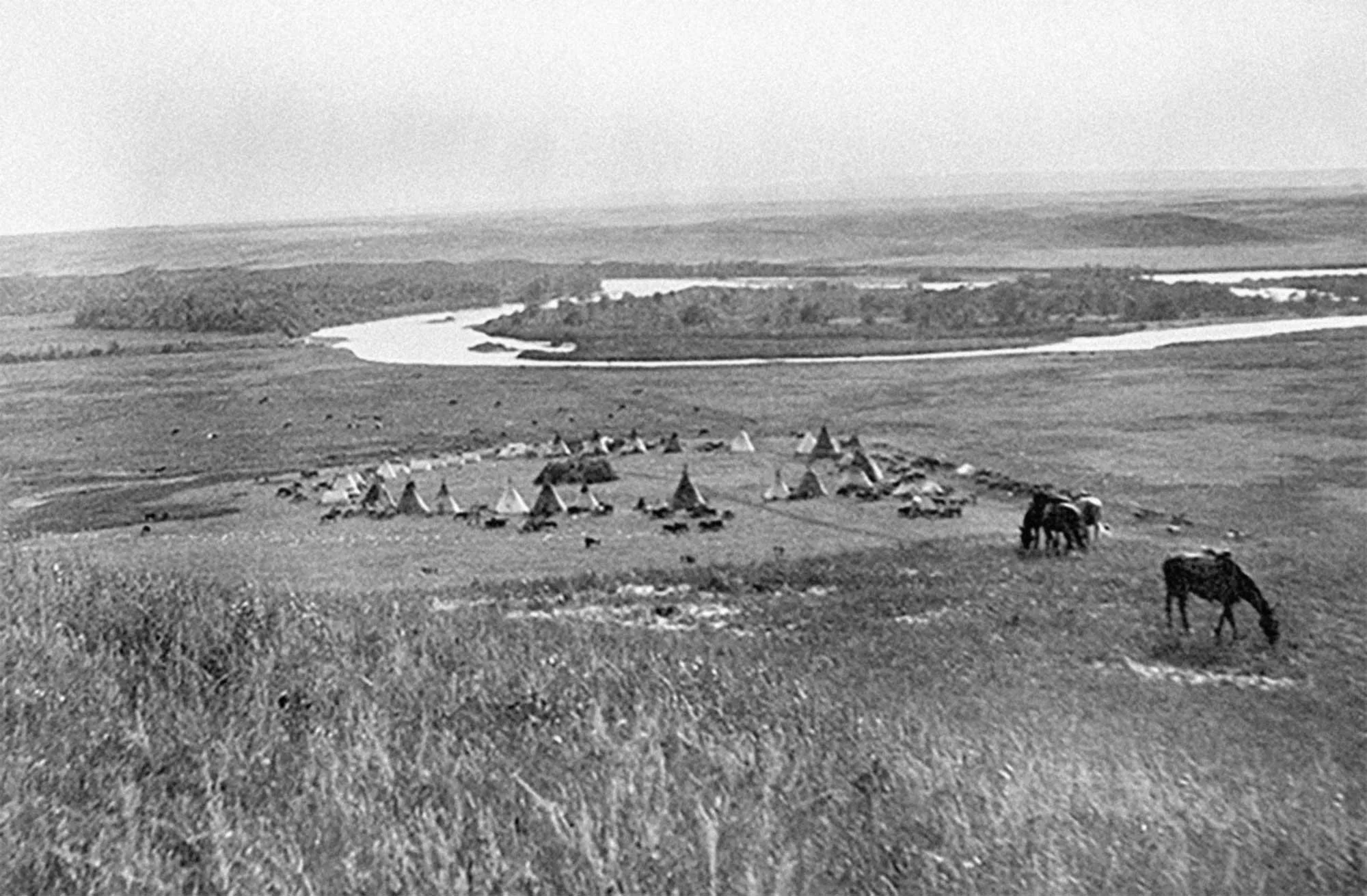
WHAT IS A TREATY? WE ARE ALL TREATY PEOPLE.
A Treaty is a formal and legal agreement between cultural groups, nations, states and/or countries. Eleven numbered treaties were signed across Canada between First Nations and the British Crown (and/or Canadian representatives) for both parties to live in peace, to share the land, and have equal prosperity and opportunity. By extension, all Canadians residing on Treaty territories are Treaty People and parties in the agreement between First Nations and the Crown
Treaty 7 was made at the Blackfoot Crossing of Bow River in 1877 and covers southern Alberta. Treaty 7 is an agreement between the Crown and Siksika Nation, Piikani Nation, Kainai Nation, the Îethka Stoney Nakoda Nation, consisting of the Chiniki, Bearspaw, and Goodstoney Bands, and the people of the Tsuut’ina Nation.
We still respect the Treaty because it’s so sacred to us.”
We never surrendered the land, we never surrendered anything. It was a Peace Treaty, is how we understood, and that’s how we, we believe in it, you know. This way we really respect spirit of the Treaty.”
- Francis Melting Tallow
Elders Knowledge Circle: Video seriesFrancis Melting Tallow

